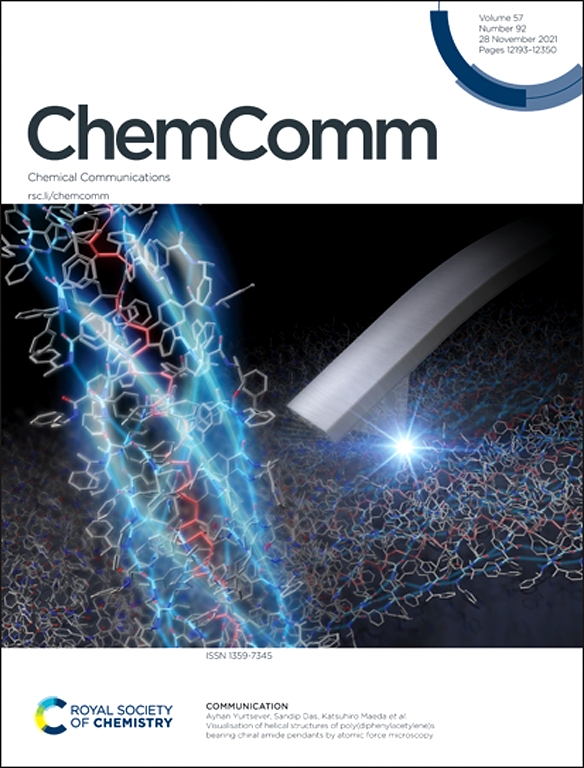From gas sensing to AI–gas sensing
IF 4.2
2区 化学
Q2 CHEMISTRY, MULTIDISCIPLINARY
引用次数: 0
Abstract
Artificial olfactory technology has long been limited by the complexity of chemical signal analysis, resulting in its development lagging behind artificial sensory systems such as vision and hearing. The intervention of artificial intelligence (AI) technology provides core technical support for this field. In this review, we provide an overview of several common gas sensing technologies, focusing on their working mechanisms such as oxygen ionic model, electrochemical reactions, spectral modulation, and surface acoustic wave perturbations. In addition, we discussed the advancements enabled by AI, such as deep learning-driven feature extraction and pattern recognition, drift compensation, and deployment on edge devices, as well as the innovations in hardware–software convergence, such as olfactory chips, neuromorphic processors, and sensing-storage-computing integration systems. These developments highlight the potential of AI-enhanced gas sensing systems as transformative solutions for achieving ultrasensitive, adaptive, and intelligent detection platforms in diverse real-world applications.

从气体传感到人工智能气体传感
长期以来,人工嗅觉技术受到化学信号分析复杂性的限制,导致其发展滞后于视觉、听觉等人工感觉系统。人工智能(AI)技术的介入为这一领域提供了核心技术支撑。本文综述了几种常见的气体传感技术,重点介绍了它们的工作机理,如氧离子模型、电化学反应、光谱调制、表面声波扰动等。此外,我们还讨论了人工智能带来的进步,如深度学习驱动的特征提取和模式识别、漂移补偿和边缘设备上的部署,以及硬件软件融合方面的创新,如嗅觉芯片、神经形态处理器、传感-存储-计算集成系统。这些发展突出了人工智能增强型气体传感系统作为变革性解决方案的潜力,可以在各种实际应用中实现超灵敏、自适应和智能检测平台。
本文章由计算机程序翻译,如有差异,请以英文原文为准。
求助全文
约1分钟内获得全文
求助全文
来源期刊

Chemical Communications
化学-化学综合
CiteScore
8.60
自引率
4.10%
发文量
2705
审稿时长
1.4 months
期刊介绍:
ChemComm (Chemical Communications) is renowned as the fastest publisher of articles providing information on new avenues of research, drawn from all the world''s major areas of chemical research.
 求助内容:
求助内容: 应助结果提醒方式:
应助结果提醒方式:


